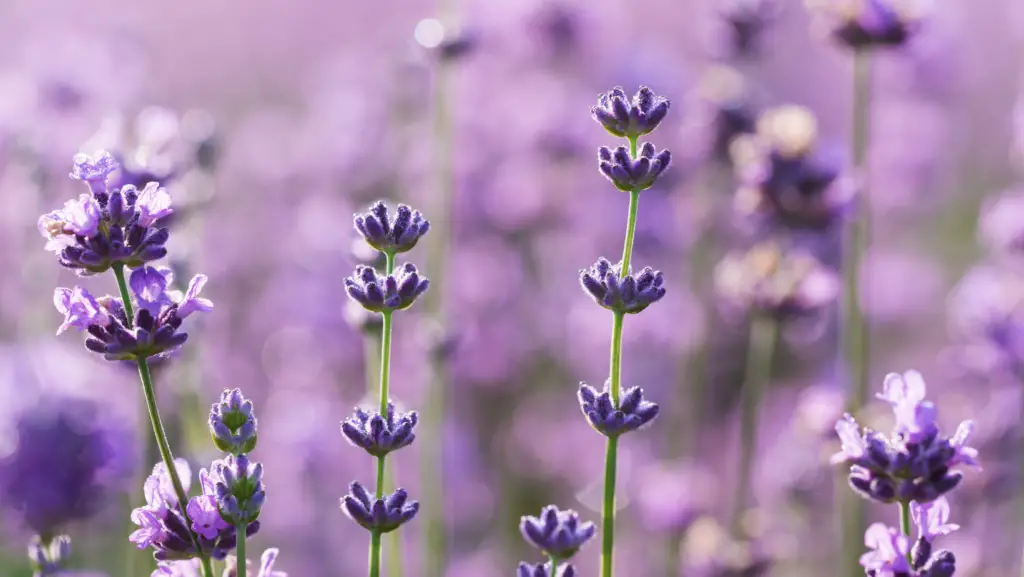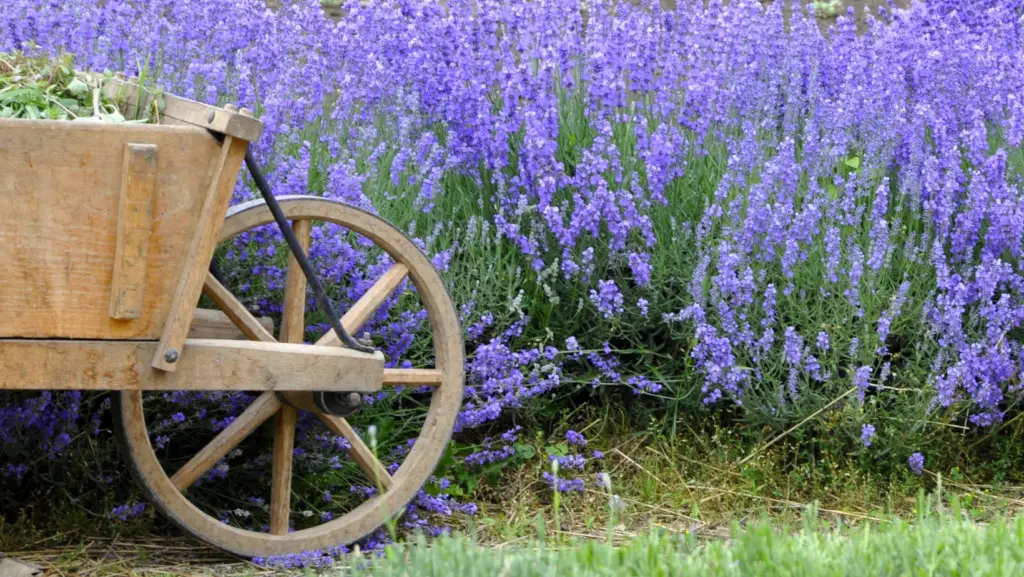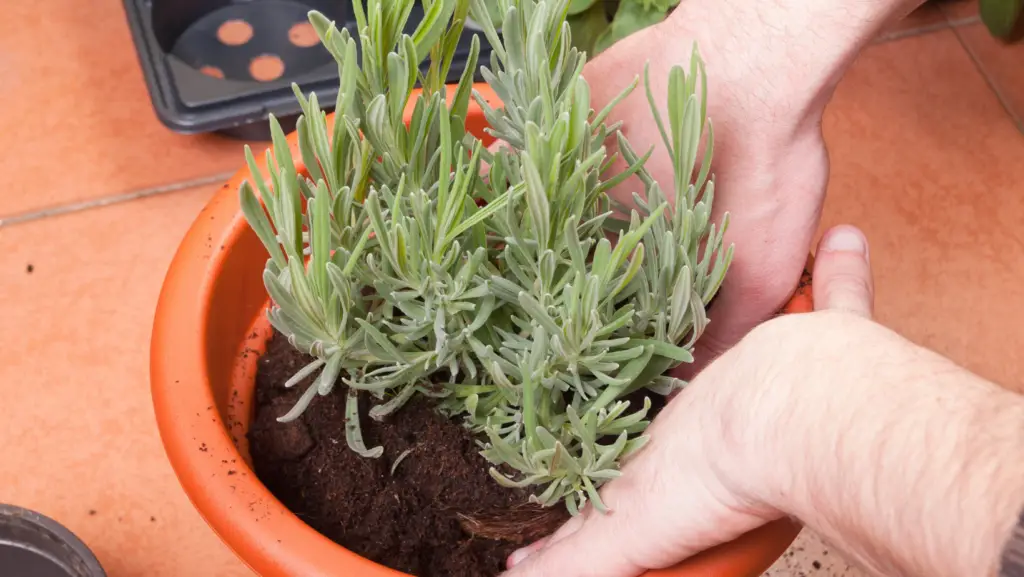
A necessity in the warm gardens of the South of France, lavenders have all the qualities to be exported to other regions and countries of the world, because their cultivation in pots is easy. The range of varieties, which is very wide, should be better known.
In this article, I have gathered for you all the information about the lavender shrub, its main characteristics, and what you need to know to plant and grow it.
Characteristics of the lavender shrub
| Scientific name | Kolkwitzia amabilis |
| Family | Lamiaceae |
| Origin | South Europe |
| Foliage | Evergreen |
| Flowering | June-July |
| Rusticity | -15°C to -20°C (-59°F to -68°F) |
| Exposure | Sun |
| Soil | Well-drained |
| USDA Plant Hardiness Zone: | 5 to 9 |
Lavender is a small shrub, from 30 cm to more than 1 m in height and diameter depending on the variety, with a naturally rounded habit. The small leaves are more or less rough to the touch, sometimes soft, narrow, green to gray, and very strongly aromatic.
The bloom is in summer, in small ears carried by long peduncles, light blue to intense purple, very scented.
How to grow a lavender plant

This Mediterranean species requires heat, apart from winter when its resistance to cold is high, and light to bloom well.
The drought exalts the production of aromatic essence. Its only known enemy is the excess of water; this is why, even if it grows on ungrateful, rocky and poor ground, the soil must be perfectly drained.
Pruning is essential to maintain clumps of dense vegetation; otherwise, the plants quickly tend to “open up”. Pruning on old wood to make up for this phenomenon is generally ineffective.
Make a light pruning, by removing 10 to 15 cm of vegetation on all the plant, at the end of the winter, and repeat the operation in summer, at the time of the harvest of flowers.
To strengthen the young plants at the time of the plantation, prune them of a third, 2 to 3 times between February and May, even if it means sacrificing the first bloom.
How to grow lavender shrubs in pots

This method of culture is easy but its success depends on the control of watering. When repotting, place a 5 cm thick drainage layer at the bottom of the pot (clay balls, for example) and use a potting soil lightened with 1/5 sand.
Keep the potting soil just moist between February and flowering and cut out every other watering in August during the summer rest period.
For the culture in pot, use preferably the dwarf lavenders.
Where to plant lavender
In beds, in wide borders and in pots. Combine your lavender with other plants that require little watering: rosemary, palm trees, grasses…
Our selection
Most of the numerous varieties of lavender come from Lavandula angustifolia, or true lavender, and L. x intermedia.
To recreate lavender beds or lines
Choose varieties planted in the fields of Haute-Provence: ‘Maillette’, blue, ‘Matheronne’, blue-mauve, ‘Super’, with abundant mauve flowers, or ‘Abrialis’, light mauve, all robust and compact, and intended for the production of lavender essence.
Finally, ‘Grosso’ for its abundant blue-purple flowers, and ‘Dutch’, blue-mauve, for its flowering period from June to September.
For pot culture and small borders
Prefer varieties with small growth: ‘Hidcote Blue’, dark blue-purple, compact, 30 to 40 cm in flower; ‘Folgate’, bright purple, 40 cm in flower; ‘Dwarf Blue’, blue, 40 to 50 cm in flower; and ‘Munstead Dwarf’, blue-mauve, 40 cm in flower.
Think outside the box and grow more unusual lavenders such as butterfly lavender, L. stoechas spp. pedunculata, with purple-purple spikes ending in a tuft, white lavender, L. angustifolia ‘Alba’, 30 to 40 cm in flower, ‘Edelweiss’, 30 to 40 cm in flower, and ‘Edelweiss’, pure white, 80 cm in bloom, or pink, ‘Hidcote
Pink’ syn. ‘Loddon Pink, pastel pink, 50 cm in bloom.
Conclusion
Whether you’re a seasoned green thumb or just starting out, this versatile herb is sure to impress. Just remember, a little bit of love and a lot of well-draining soil is all it takes to keep your lavender happy and thriving.

Hi!
I am the guy behind Theyardable.com. I grew up on a homestead and I am here to share the knowledge I have and things I learn while living in the countryside.
